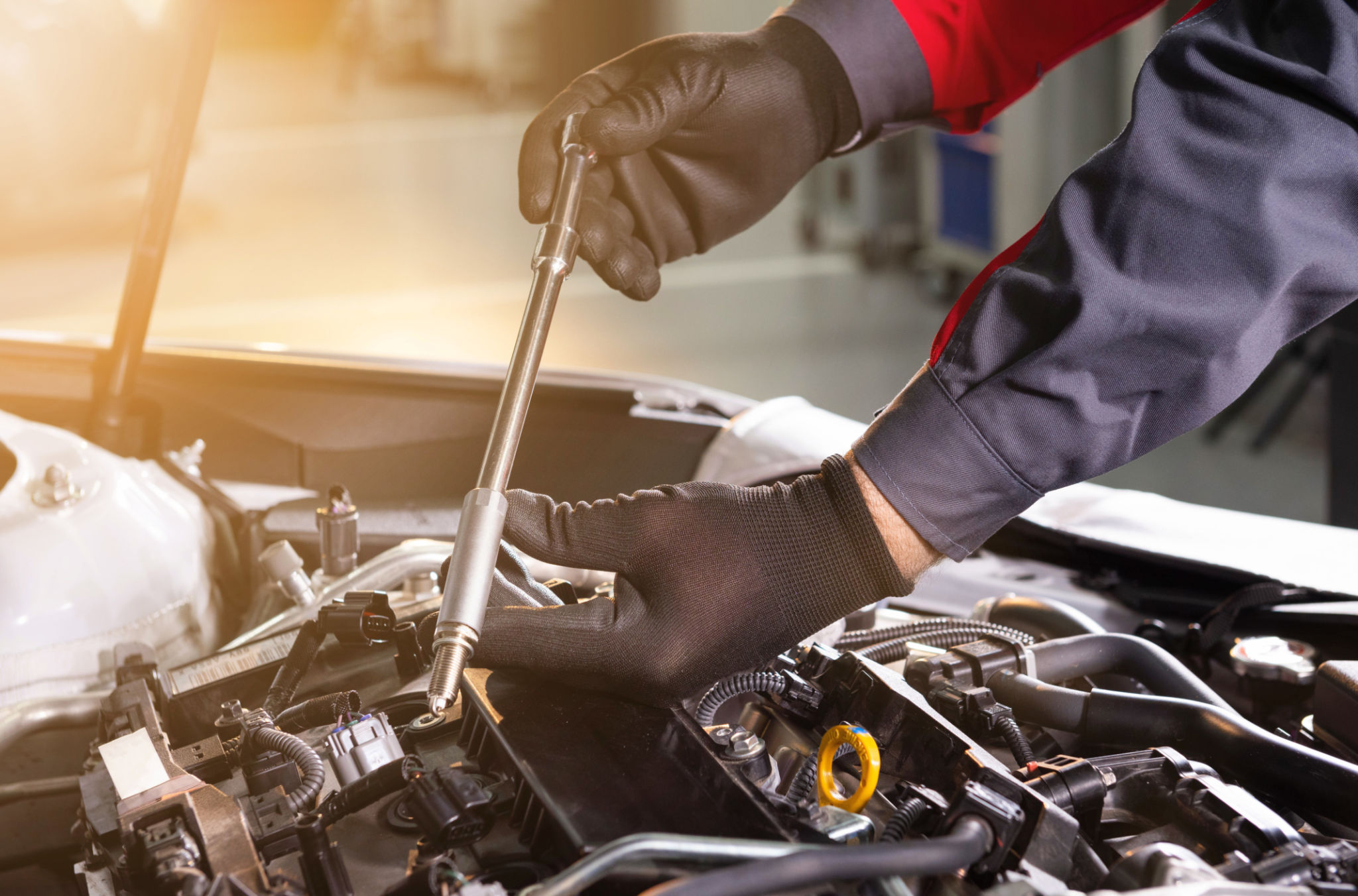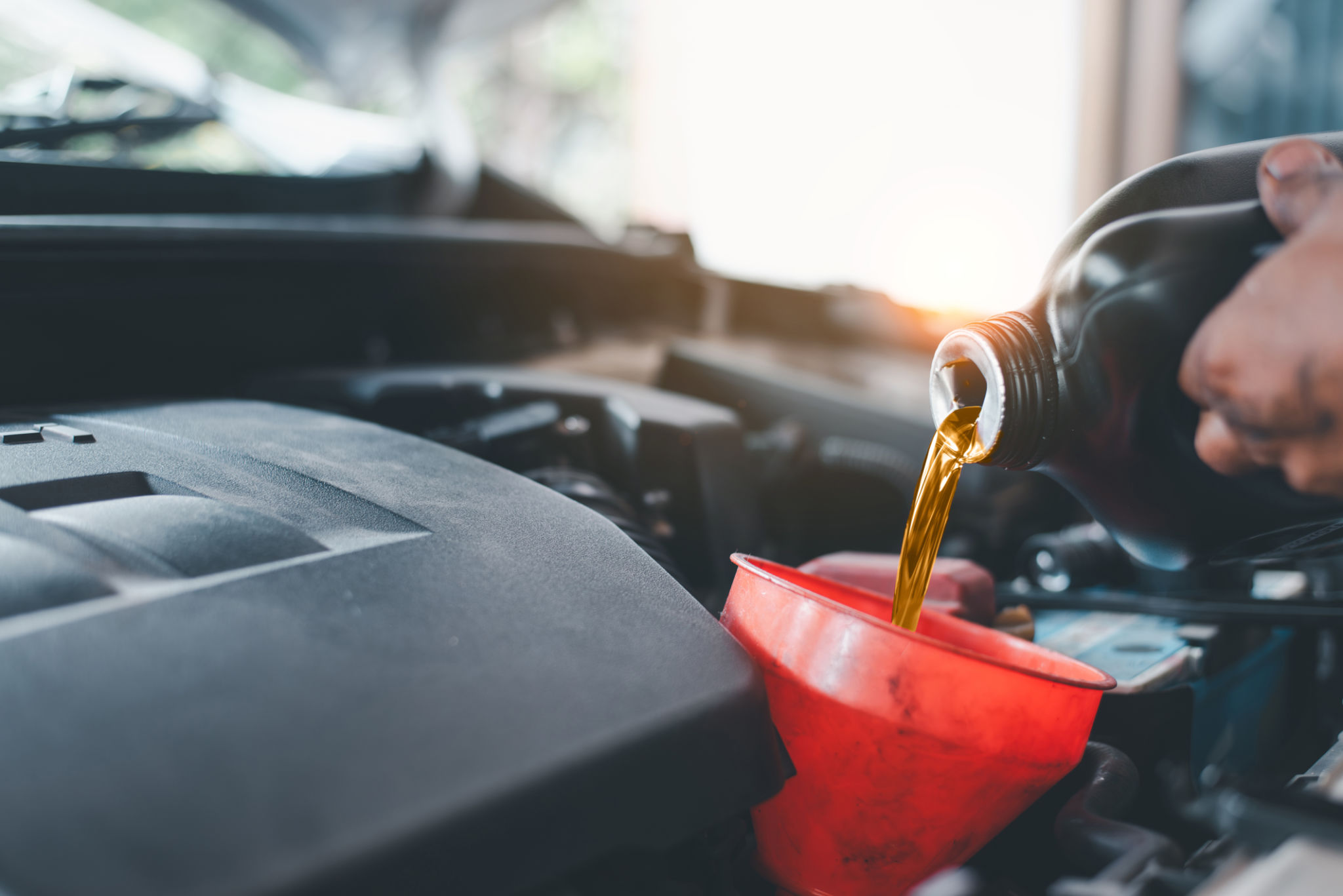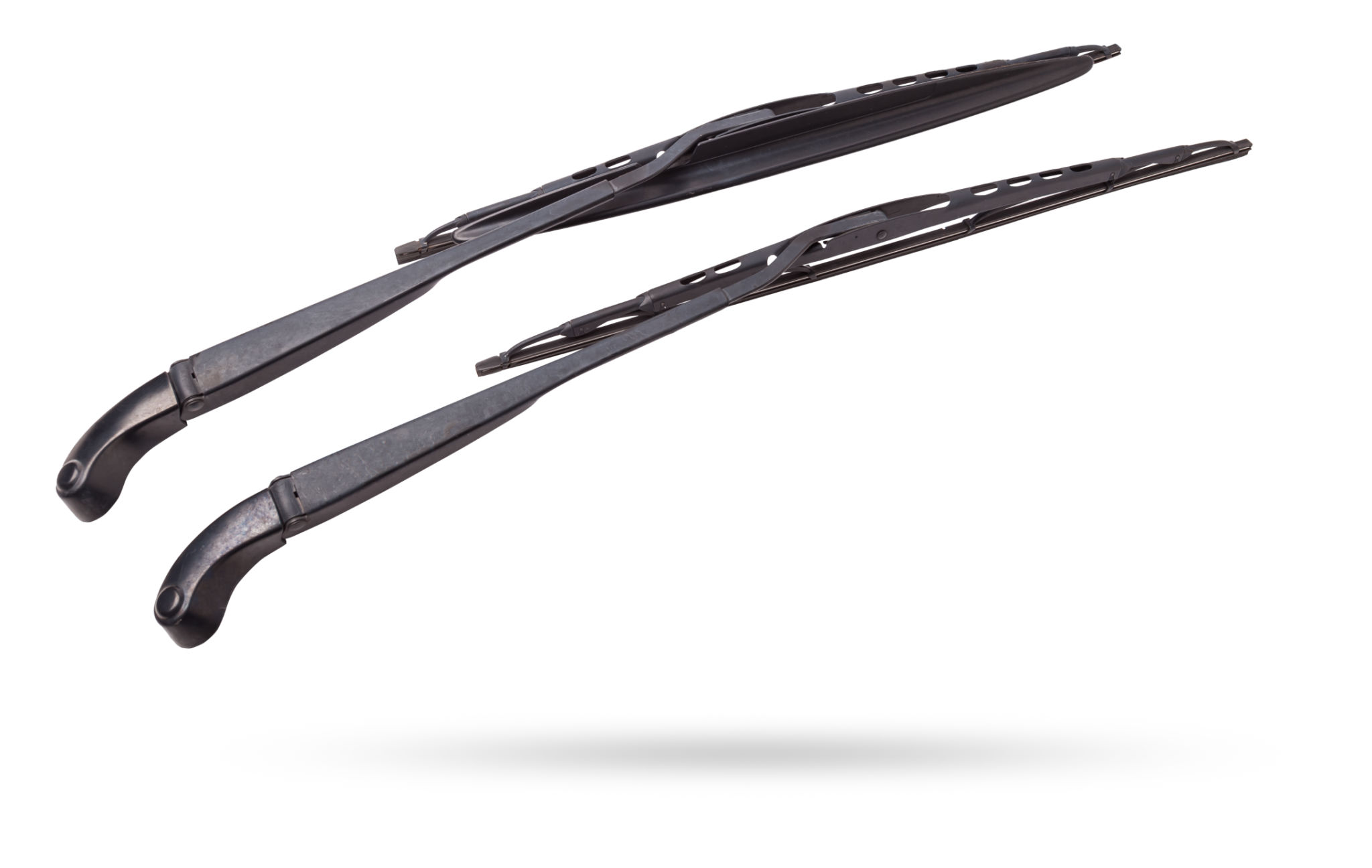DIY Tips for Basic Car Maintenance: Save Money with These Simple Tricks
Introduction to DIY Car Maintenance
Maintaining your car doesn't have to be an expensive or time-consuming ordeal. With a bit of knowledge and some simple tools, you can perform basic maintenance yourself and save a significant amount of money. Not only does this approach help your wallet, but it also empowers you with the skills to keep your vehicle in top condition.

Checking and Replacing Oil
Regular oil changes are crucial for the health of your engine. To check your oil level, ensure the car is parked on level ground and the engine is off. Pull out the dipstick, wipe it clean, reinsert it, and then pull it out again to check the oil level. If it's low, it's time for a change.
To change the oil, you'll need an oil filter wrench, a socket wrench, a new oil filter, and fresh oil. Begin by placing a pan under the engine's oil pan. Remove the drain plug with the socket wrench and allow the old oil to drain completely. Replace the drain plug and remove the old oil filter with the oil filter wrench. Install the new filter and add new oil through the fill cap.

Battery Maintenance
Your car's battery is essential for starting the engine and powering electrical components. Regularly check for corrosion on the battery terminals, which can impede performance. If you notice a white, powdery substance, clean it off using a mixture of baking soda and water.
Ensure the battery is securely mounted and that the terminals are tight. If your battery is more than three years old, consider having it tested to determine its remaining lifespan. This simple check can prevent unexpected breakdowns and costly replacements.
Tire Care
Proper tire maintenance is important for safety and fuel efficiency. Regularly check tire pressure using a tire gauge when the tires are cold. Refer to your car's manual for the recommended pressure levels. Inflate or deflate as necessary to maintain these levels.

Inspect your tires for wear and tear, looking for any visible signs of damage such as cracks or bulges. Rotate your tires every 5,000 to 7,500 miles to ensure even wear and extend their lifespan. Proper alignment checks should also be part of your routine tire maintenance.
Replacing Wiper Blades
Clear visibility is vital for safe driving, especially in adverse weather conditions. Over time, wiper blades can become worn and less effective at clearing your windshield. Changing them is a straightforward task that can greatly improve your driving safety.
To replace wiper blades, lift the wiper arm away from the windshield and press the small tab underneath the blade. Slide the old blade off and attach the new one by sliding it into place until you hear a click. Always ensure they are properly secured before lowering the arm back onto the windshield.

Conclusion: Empower Yourself with Basic Car Care
By mastering these simple DIY car maintenance tasks, you'll not only save money but also gain confidence in your ability to care for your vehicle. Regular maintenance can prevent more serious issues down the road and ensure that your car remains reliable and efficient.
Remember to consult your vehicle's manual for specific guidelines related to your car model, as well as for recommended maintenance intervals. With these tips in mind, you're on your way to becoming a savvy DIY car owner!